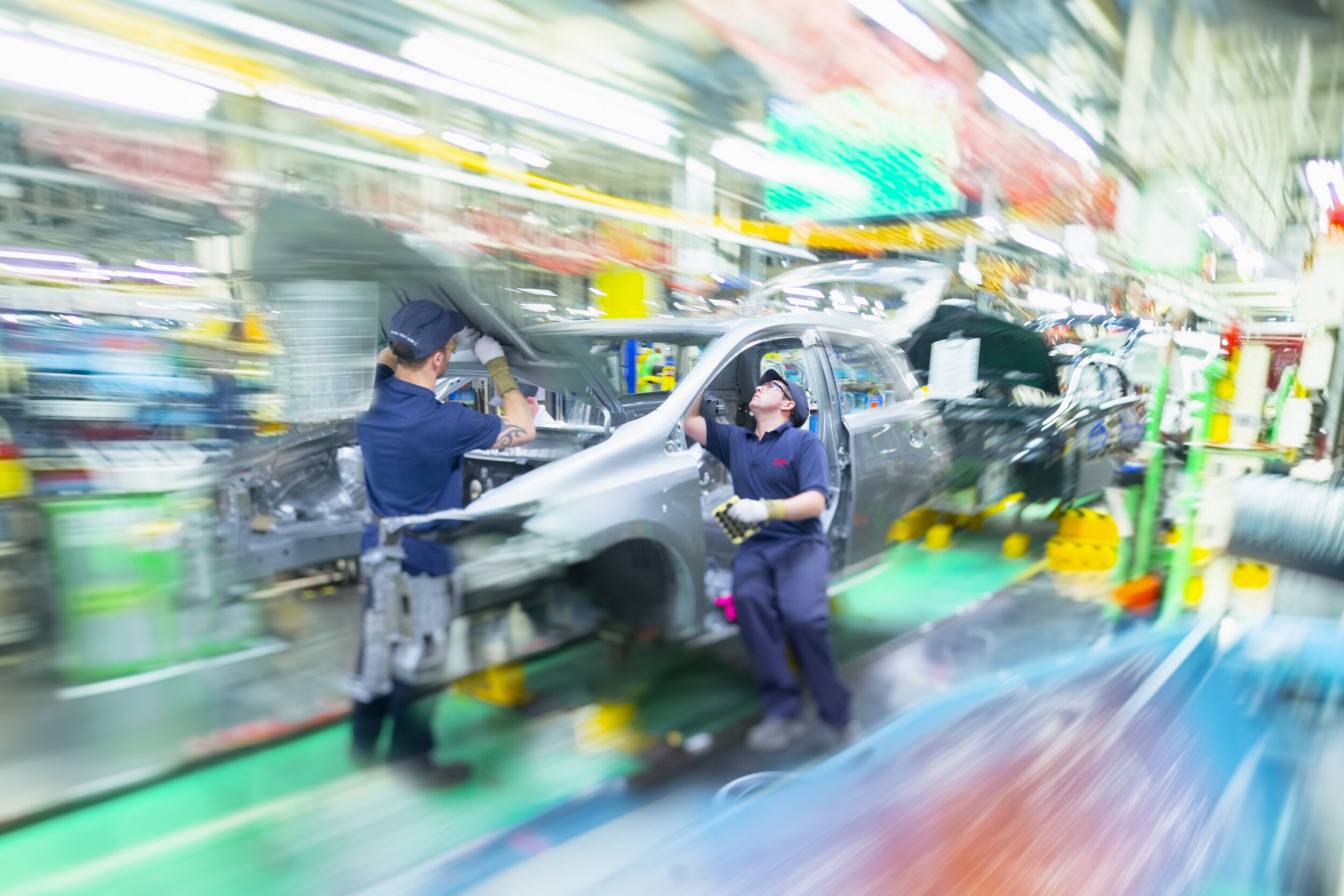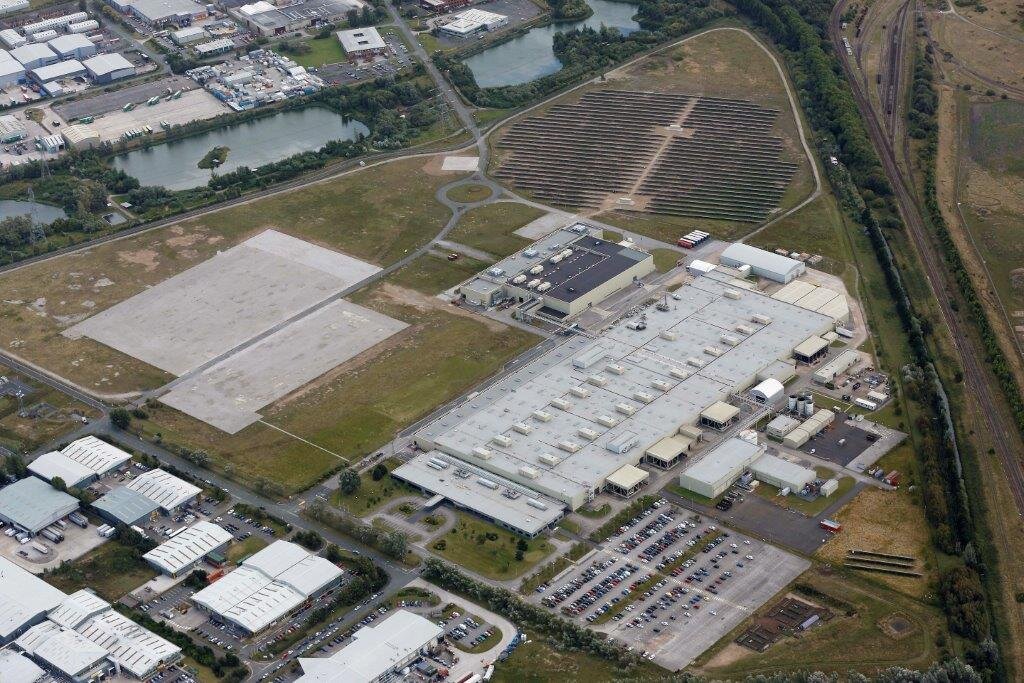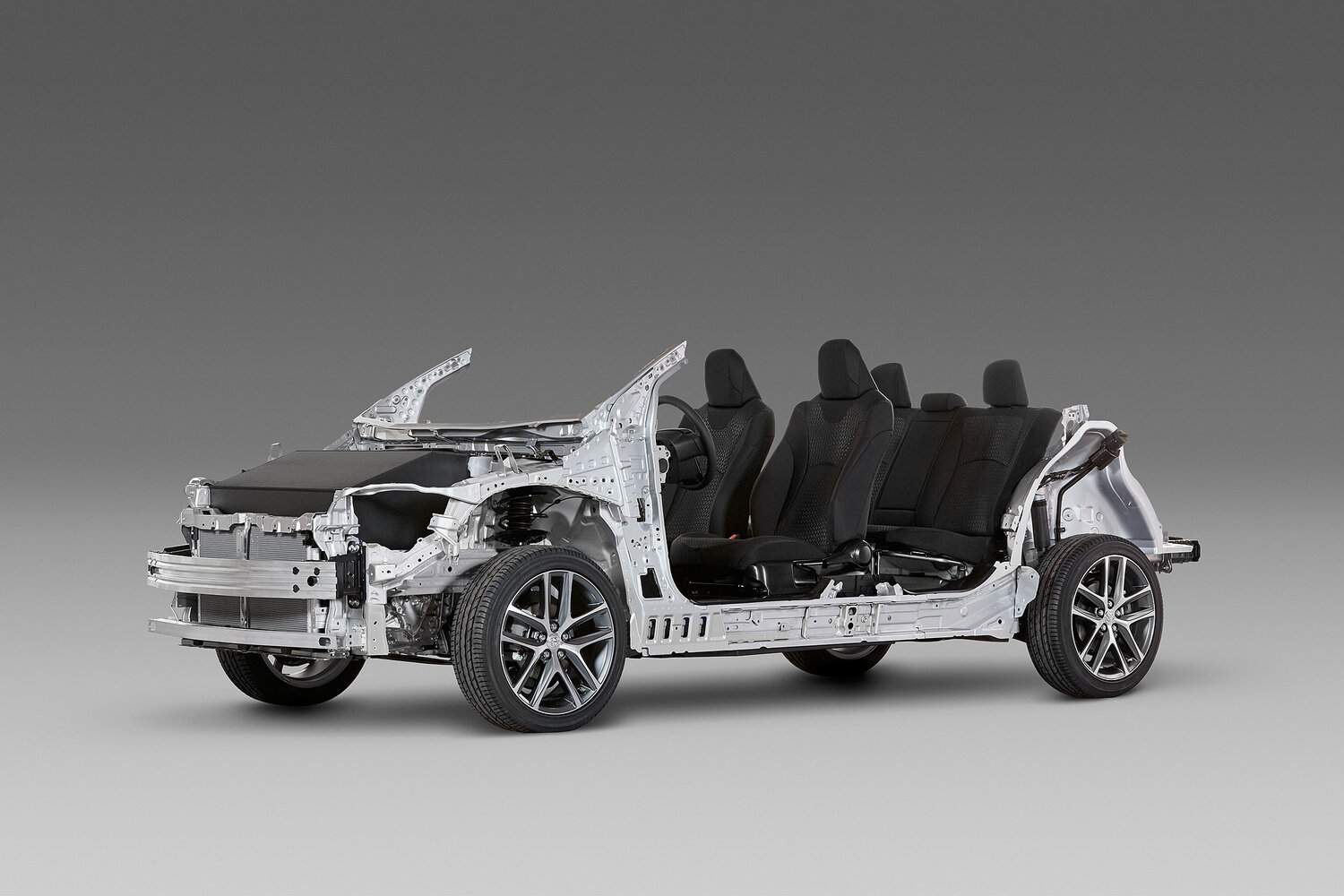Lean Learnings: How Toyota lead Quality Training
Joakim Hillberg, an expert on Lean Transformation, discusses some key learnings from The Future Factory’s October 2019 benchmarking visit to the state of the art Toyota Engine Manufacturing plant in Deeside, North Wales.
I recently led a three-day Future Factory Lean Manufacturing Excellence Masterclass in Chester, UK for a group of practitioners from various industry sectors. On day 2 the participants got to visit Toyota’s Deeside Engine Plant in Wales. It was a great opportunity to see what a world-class production system looks like. Even though it is easy to be impressed by their physical production line, it was even more impressive in how they train their people to develop their organisation.
I’ve had the opportunity to visit and train at other Toyota factories in Japan and Europe and one thing that particularly struck me here was their quality training. The quality department had as one of their targets this year, or hoshin as they call it, to do a step-improvement in quality. As a counter-measure they had developed a quality training that all employees had to take part in.
The training was set up like a little maze you had to walk through, almost like walking in a small IKEA but instead of being subjected to different furniture you were here subjected to different aspects of quality. The maze started with a quiz question that gave three different concrete examples of quality gates;
- 100% visual inspection,
- Part presentation for single piece selection,
- 100% robotic inspection.
The participant had to decide which was the best application of jidoka (built-in-quality) and explain why. The correct answer was underneath a board you could flip up. What I really loved about this was how it primes the mind for learning (see Nobel Laureate Carl Wieman’s excellent research on this). It also sets out the fundamental principle in quality that as humans we will always make mistakes but how we can be build systems where those mistakes do not lead to defects.
After this, the maze continued in a room with lower ceiling and black walls which created a very focused feeling. On the walls were all the cases where defects from Toyota had reached the customer and the learnings from those. They also played a recording which sent shivers down our spines and emphasised that one defect reaching a customer is one defect too many. It was a humbling experience. Then we stepped out of this room and continued in the maze with the main areas of learning going forward to achieve zero defects.
The training started getting more pragmatic with real examples of faults in the flow from the supplier, casting and warranty. There were quizzes and practical exercises for detecting faults in the flow, for example how you could feel with a pen a faulty casted surface. There were also exercises on standard work to create learning of how important following and improving standards are and how crucial proper training is. On the side of this area was a live staple diagram of the actual defects discovered and encased in a see-through box per month from the last year. If you just measure this in ppm it might seem insignificant but seeing them one by one shows the significance of each and every defect.
The last part of the maze was letting their team members reflect and give improvement suggestion on the training and also reflection on their own thoughts on quality, the latter was written and put on a wall together with everyone else’s statements on quality. All in all, a powerful visual signal.
This training was created by a small internal team of quality engineers. It was impressive to see how they worked with all senses to instil the values of jidoka in their team members and how they created an abstract target of establishing quality culture in a concrete way. Then of course they do most of the work concerning quality out in the production flow but this was a great complimentary training for the understanding of why and how.
An interesting reflection from the whole visit was that certain elements of the factory and equipment felt a bit antiquated but with everything in fine working pristine condition. We didn’t see the most modern machine or newest designer furniture in the canteen. My interpretation on this was of course that Toyota reduces waste and only invests when there is a clear long term benefit; they walk the talk. This also goes hand in hand with Toyota’s environmental focus; maintain well what you have and don’t waste our planet’s resources.

Pia Anhede är ansvarig för Plans leanutbildningar sedan flera år tillbaka. Pia har mer än 20 års erfarenhet av lean i längre förändringsprojekt. Hon har arbetat i mer än 30 företag i över tio länder. Pia är civilingenjör från Chalmers.

Joakim Hillberg är ansvarig för Plans leanutbildningar sedan flera år tillbaka. Joakim har stor erfarenhet av förändringsprojekt inom både produktion och service. Joakim har arbetat i mer än 30 företag i över 10 länder. Han är civilingenjör från Chalmers och har en MBA från INSEAD.


